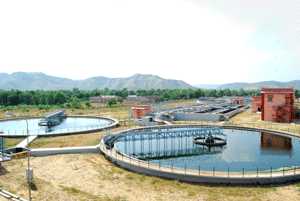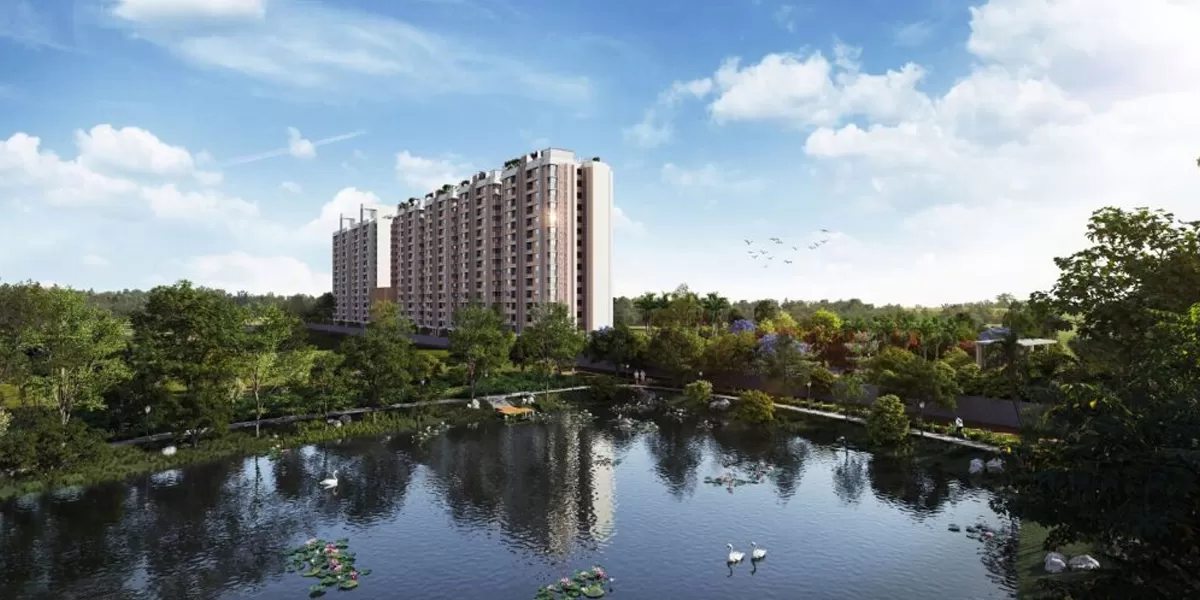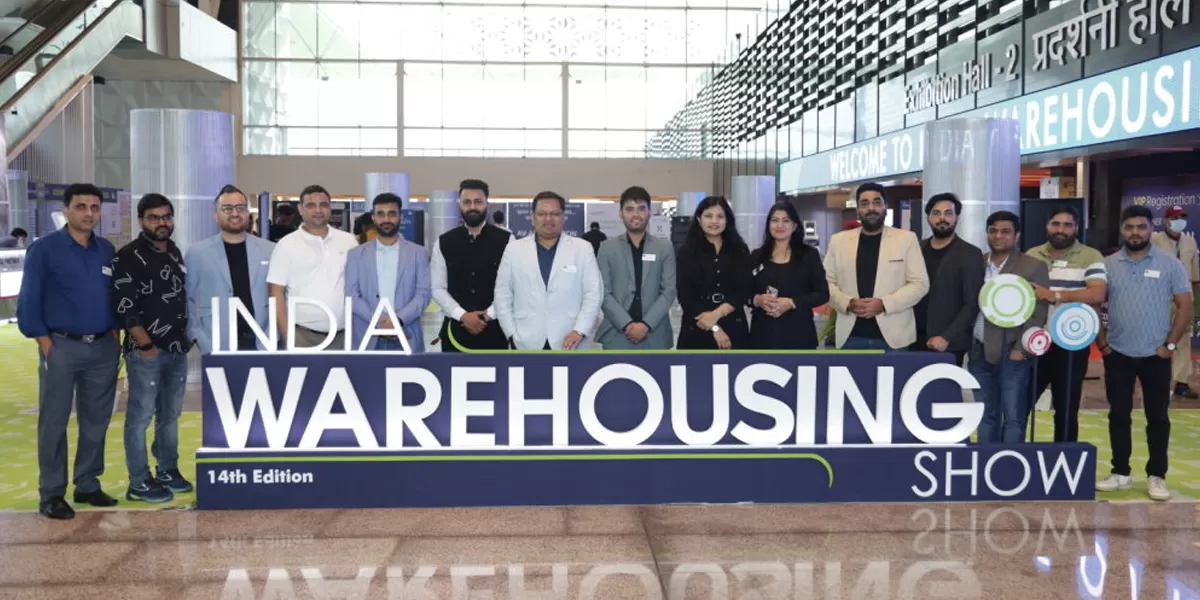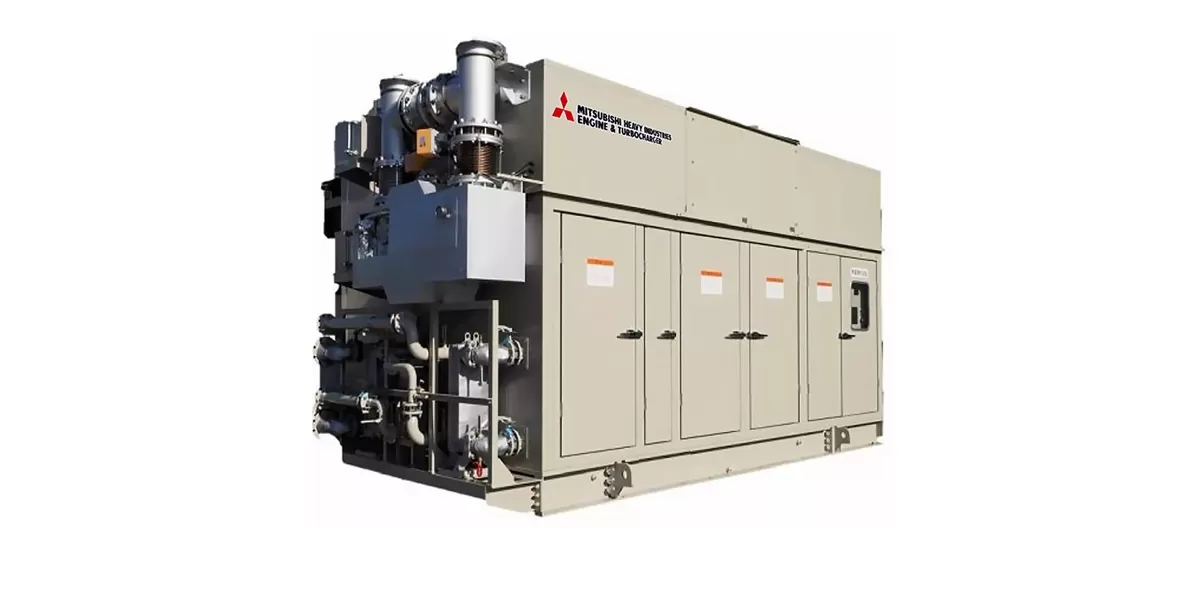Jagroop Singh Yadav, CEO,Jaipur Municipal Corporation
This capital city is a gateway to Rajasthan. The Jaipur Municipal Corporation (JMC) executes diverse schemes, plans, projects and day-to-day functions; looks after the sanitation work carried out by 5,800 permanent workers and 2,500 casual workers; and tends to maintenance, roads, sewerage, streetlights and stray animals the brass tacks of urban life. The corporation is divided into eight zones situated in eight different parts of the city; the CEO carries out coordination, policy planning, sanctioning and execution. ´The CEO coordinates between the board and monitors the work done by the municipal commissioner in each zone,´ says Jagroop Singh Yadav, CEO, Jaipur Municipal Corporation. He further elaborates upon upcoming projects in the city in conversation with SHRIYAL SETHUMADHAVAN.
How has the city evolved since you took over your post in 2012?
In my presence as CEO, we have achieved some milestones in sanitation, which was initially not doing well. The monitoring process was lacking as the earlier CEO did not go on rounds. Today, the CEO´s presence has increased. Apart from that, we have devised a unit plan, loaders and dumpers along with the dump lifting plan. The transfer station of garbage has been prepared and we have two dump yards: one in Lagadiya and another in Shivapura, where we have created an ultra modern facility. At Lagadiya Vaas, our garbage is being utilised as fuel. We have also developed and inaugurated a sanitary landfill that cost us Rs 10.92 crore. It is a scientifically engineered landfill where 400 metric tonne of waste will be deposited.
Any ongoing projects in the city you would like to talk about?
In the rains, the roads fall into a dilapidated state because of lack of technology. Over Rs 150 crore worth of work has been executed on these roads.
What about the 144 km Ring Road project in Jaipur?
This project is looked after by the Jaipur Development Authority and does not fall under the ambit of the municipal corporation. The same is the case for the Jaipur Metro and BRTS projects. Jaipur Development Authority is the agency for the development of Jaipur and whenever a development takes place, some areas that are already developed are transferred to the municipal corporation. So, we look after the transferred area, sanitation, and lighting arrangement of the whole area. As part of our lighting project, we are planning to replace 70,000 bulbs.
What stage is this lighting project at?
We have floated tenders as the project is being executed in the PPP mode and received bids from 11 companies.
While the corporation is bearing the entire expenditure, we will save as much as 40 per cent of energy through this project. These bulbs or lamps will be more fluorescent than existing ones. For instance, any current light that has a power of 120 watt when replaced with energy-efficient lights will provide 40 per cent more luminance and the cost of consumption of energy will be reduced by 35 per cent. Based on the 35 per cent savings, we will run the project.
How will projects like the Ring Road or Metro add value to the city´s development?
Jaipur is a fast growing city. On completion, projects like the metro, flyovers and Ring Road will increase mobility and people will save time and energy. Also, the character of the city will change.
The dedicated freight corridor passes through Rajasthan in a big way.
It will definitely give impetus to business and trade.
Any areas where the city has lagged behind that you plan to address in the future?
For sanitation, garbage transportation and door-to-door arrangement for collecting garbage should be practised. We have floated NIT, but unfortunately it has not come up. We want door-to-door garbage collection to start in the city and proper transportation to be undertaken by the concerned agency.
Is there any landmark project that has changed the face and image of the city?
The metro will be a landmark project for Jaipur. Another ambitious project is the rehabilitation of 16 slums at a single point, which is known as Sanjay Nagar Batta-Basti. During Phase-1 of this Rs 400 crore project, we are constructing 2,200 houses. All infrastructural facilities have been created and pakka houses will be handed over to slum dwellers under the Rajiv Awas Yojana scheme. This is a unique project and the first-of-its-kind in India. While the Central Government has provided 50 per cent of the funding, the remaining 30 per cent and 20 per cent will come from the state government and Jaipur Nagar Nigam, respectively. We have commenced work on the first phase and have got approval in principle for other phases also. At present, floating tenders may work and if the Government of India provides the funds in phases, we will be able to complete the project on time.
Can you update us on your JNNURM projects?
We have taken up a project funded by the Government of India under JNNURM to replace the sewerage network of the entire city covering 107 sq km. The cost of the project is Rs 400 crore and, for this, blasting and thickness methodology is being used. With this, the capacity of sewerage pipes will be increased by 40-50 per cent and this will cater to an increase in the density of population in the city as well. In JNNURM projects, 50 per cent of the funding comes from the Government of India and we have a couple of projects with us like the sewerage plants, sanitary landfill plant and some projects under the Rajiv Awas Yojana.
What opportunities do you foresee for the construction and infrastructure sectors in Jaipur?
Jaipur has become a hub of investment and we have come up with building regulations that are amiable. A couple of good builders have come up with their projects and have successfully completed them. There are immense opportunities for investors who are keen to invest in Rajasthan in this construction area. In Jaipur, various projects are under the PPP mode and anyone interested can step forward as NITs are floated time and again.
Can we expect tenders to be floated in the near future?
Whenever the procedure and a project of a particular size are on, we float tenders. We have started e-tendering as well in JMC and anybody can go to our website and upload their tenders.
What is the budgeted support you get from the government?
While our annual budget for the city is Rs 1,000 crore, we get 15 per cent of the sale of land revenue from the Jaipur Development Authority and housing board. And somewhere under the state finance commission plans, we get reimbursement of Rs 18 crore per month in lieu of octroi.
What are your future plans and vision for the city in terms of development?
Jaipur should be a neat, clean and green city. Every development that takes place should be according to the rules, regulations and procedures of the municipal corporation and directions given by the government from time to time.
To update us on developments in this city, write in at feedback@ASAPPmedia.com




















